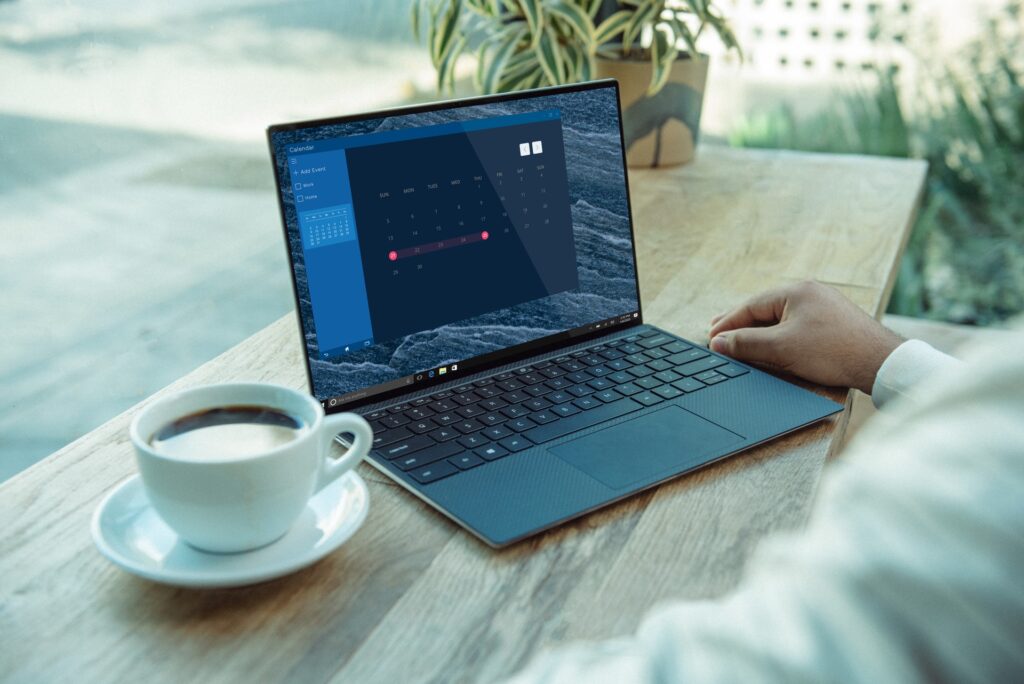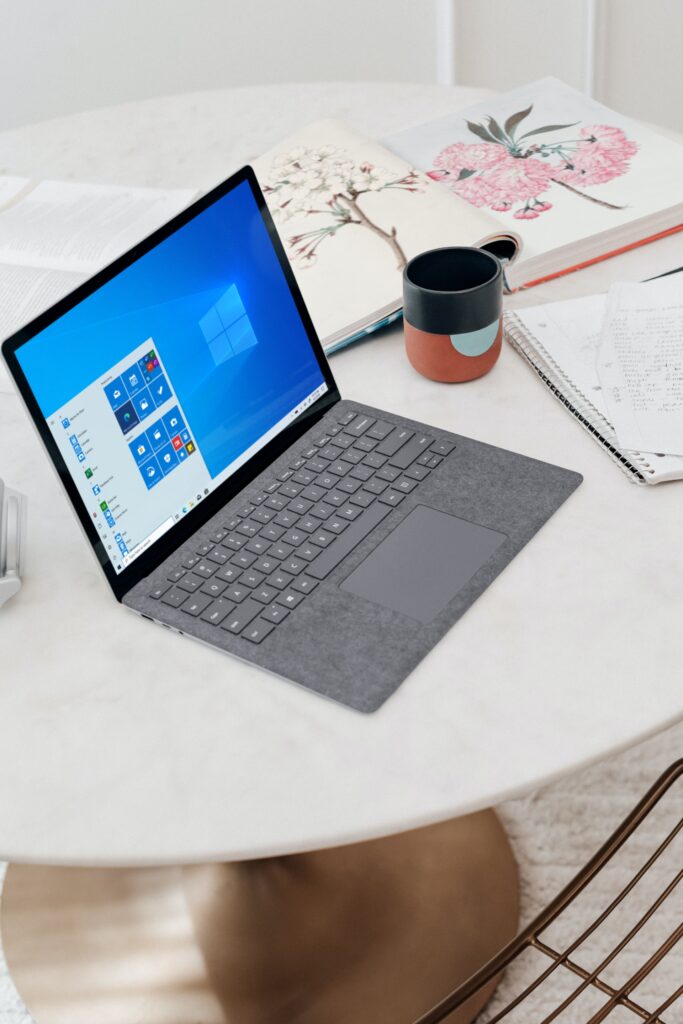Cloud Accounting
what is cloud accounting?
Recording the income and expenditure of your small business to keep track of your historical financial performance is nothing new. Double-entry bookkeeping has been around for centuries and accounting software has existed for decades, giving finance teams the ability to record and track the money coming into, and out of, the company.

Getting more insight from your financial data
With instant access to real-time reporting and financial intelligence, you and your management team have the numbers, insights and key data needed to make sound and informed decisions.

Using automation to reduce workloads
The cloud accounting ecosystem allows for automated bookkeeping automated cash collection, and automated bank reconciliation, all of which radically cuts down on your team’s admin workload.

Working remotely
If you want your business to leverage the benefits of remote or flexible working, cloud accounting allows the management team and your finance department to access all the key numbers from anywhere they have access to the internet.
What We Have Here for You
All your data will be under safe hands.
Access your accounts anywhere
Cloud accounting gives you access to your key business numbers 24/7, from any location where you can access the internet, removing the need to work from one central office-based computer. Log in via a web browser from your laptop, or use your provider’s mobile app to access your accounts from your phone or tablet.
Access to real-time information
By keeping your bookkeeping and bank reconciliation up to date, you can achieve real-time reporting. Instead of looking at historical reports that are days, weeks, or even months out of date, you have an instant overview of the company’s current financial position. This real-time overview is vital when looking at your cash position, planning future spending and when making big financial and strategic decisions as a management team.
Access to the app ecosystem
Open APIs mean you can add a range of third-party apps and tools to expand your core business system. There are cash flow forecasting apps, online invoicing apps, industry-specific project management tools and a host of other practical solutions to choose from. These tools enable you to further save time, reduce resourcing costs, identify problems further in advance, and generally ease the pain of unnecessary admin that’s weighing you down.
Live bank feeds
Many cloud accounting platforms offer live feeds to your bank accounts, giving you the ability to link your banking directly with your accounting. Instead of manually keying-in each bank statement line, or uploading a .CSV file that you've downloaded from your internet banking portal, a live feed pulls your bank data straight through into your accounts. This speeds up bank reconciliation and gives you a more accurate view of your bank balance.
Always working with the latest software version
When you log in to your accounting platform in the cloud, you’re always using the latest version of the software. There’s no need for time-consuming and costly updates – you just sign in and start working. Plus, you don't have to be responsible for applying security fixes - your software provider will handle that for you automatically.
Secure sharing of data
When you’re working with your accountant, bank or other advisers, you can easily grant access to your accounts with cloud accounting software. There’s no need for USB memory sticks or sending emails back and forth. Your advisers have safe and secure access to all your financial information, in real time. This is quicker, safer and gives your advisers the information needed to support and advise you, going forward.

Cloud Accounting Software options
The cloud accounting market is a busy one, with a range of different providers to choose from. Ultimately, the cloud accounting software that’s the best fit for your business will come down to your size, your accounting needs and the choice you want from your app ecosystem.
Frequently Asked Questions
Some FAQ’s.
How is cloud computing different from utility, on-demand and grid computing?
Cloud by its nature is “on-demand” and includes attributes previously associated with utility and grid models. Grid computing is the ability to harness large collections of independent compute resources to perform large tasks, and utility is metered consumption of IT services, says Kristof Kloeckner, the cloud computing software chief at IBM. The coming together of these attributes is making the cloud today’s most “exciting IT delivery paradigm,” he says.
What is a public cloud?
Naturally, a public cloud is a service that anyone can tap into with a network connection and a credit card. “Public clouds are shared infrastructures with pay-as-you-go economics,” explains Forrester analyst James Staten in an April report. “Public clouds are easily accessible, multitenant virtualized infrastructures that are managed via a self-service portal.”
Is cloud computing the same as software-as-a-service?
You might say software-as-a-service kicked off the whole push toward cloud computing by demonstrating that IT services could be easily made available over the Web. While SaaS vendors originally did not use the word cloud to describe their offerings, analysts now consider SaaS to be one of several subsets of the cloud computing market.
What types of services are available via the cloud computing model?
Public cloud services are breaking down into three broad categories: software-as-a-service, infrastructure-as-a-service, and platform-as-a-service. SaaS is well known and consists of software applications delivered over the Web. Infrastructure-as-a-service refers to remotely accessible server and storage capacity, while platform-as-a-service is a compute-and-software platform that lets developers build and deploy Web applications on a hosted infrastructure.